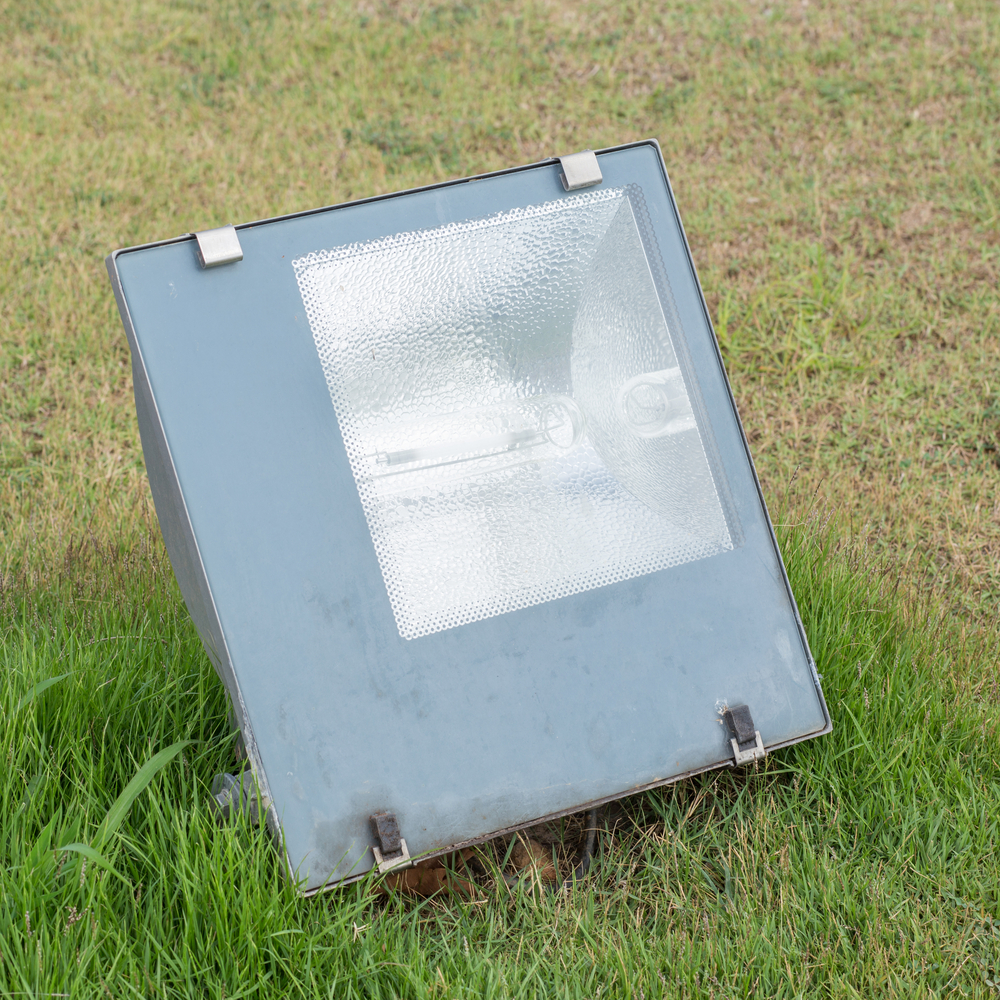Fads have taken over popular culture since the beginning of time, many of them terrible – looking at you, Pogs. However, in the last few years, we’ve seen a rise in ethical and responsible lifestyle choices becoming increasingly more popular. Choosing electric cars over gas-guzzling SUVs, eating organically grown produce and being fit are all part of the overall social awareness that “going green” is the right thing to do.
In grocery stores all across the world, “organic” items are the new in-thing. Manufacturers are slapping the term all over everything and jacking the prices way, way up. It’s strangely reminiscent of the X-treme marketing days of the 90s, when apparently the only way to sell soda was to have Andre Agassi screaming as he free falls down a cliff side, all in the name of “training” – because, that totally makes sense?
Okay, so maybe it isn’t that bad. However, it is hard to see through the veil of what is and isn’t organic, or if that even matters at all. For now, we’re going to take a look at what is ultimately a personal decision that you should make for yourself: conventional or organic tampons?
The Main Differences
The traditional (non-organic) variety of tampons that you’re used to seeing at the grocery store contains regular cotton (as in, grown with pesticides) and a synthetic rayon blend that has likely been bleached white with chlorine and may contain other dyes or fragrances – which, due to the ‘trade secret’ status of fragrances, manufacturers are not required by the FDA to disclose ingredients on the label. Any applicators are likely made from traditional plastic elements.
Organic tampons are made with organic cotton (as in, grown without pesticides) and is free of any mystery chemicals that lie inside fragrances and dyes. If an applicator is present, it should be made with biodegradable, or otherwise sustainable materials.
Chemicals
The FDA considers and regulates all tampons as “medical devices.” The absorbency qualifiers on both organic and non-organic tampons are the same across the board: regular, super, etc. Which means that regardless of what it’s made from, there are standards with how absorbent it has to be in order to meet the FDA’s standards. This is to help combat Toxic Shock Syndrome – a rare and life-threatening bacterial condition.
Regular tampons are considered very safe, however, it is important to note that the non-organic process of manufacturing tampons involves a decent amount of chemicals that get absorbed into the body upon application. There are the pesticides from the cotton, then the chlorine from the bleaching process and the plastic in the applicator will contain phthalates which have been linked to various health hazards.
Think Green
While the general idea of “going green” may be a fad, it is a step in the right direction, ecologically-speaking. Ultimately, both conventional and organic tampons are safe for use – but, if you want to be part of the trend, or you are just socially aware, you probably know which option is better.


